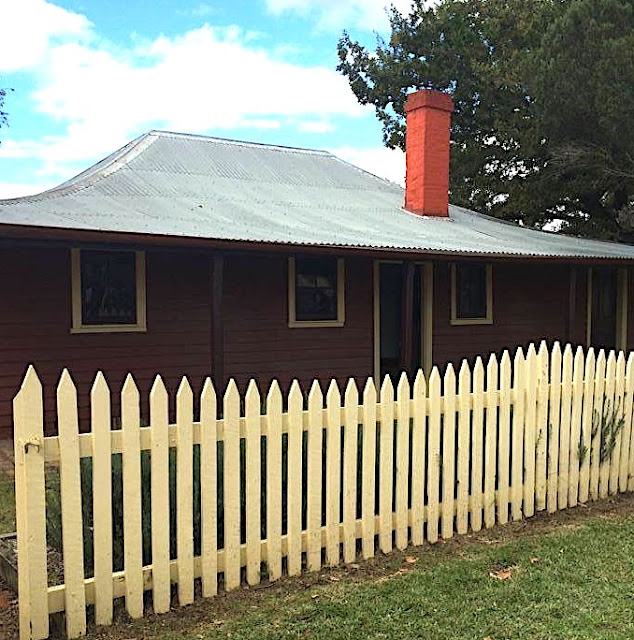 |
| Camden Park House is one of Australia's most important Georgian Houses. Designed by Architect John Verge and completed in 1835 |
Interestingly, John Macarthur's father, was the sole survivor of seven brothers who fought at Culloden for Bonnie Prince Charlie.
John, who had joined the NSW Corp., was sent to serve as a Lieutenant on the Second Fleet in the newly established convict settlement founded under Governor Phillip in 1788.
In a document dated February 28, 1793, MacArthur was granted land on the Parramatta River, which he called “Elizabeth Farm,” in honour of his wife. (Elizabeth farm is open to visitors)
In January 1808, John Macarthur’s role in the military overthrow of Governor Bligh (“rum rebellion”) led to him being sent to England again, this time for eight years.
John, who had joined the NSW Corp., was sent to serve as a Lieutenant on the Second Fleet in the newly established convict settlement founded under Governor Phillip in 1788.
In a document dated February 28, 1793, MacArthur was granted land on the Parramatta River, which he called “Elizabeth Farm,” in honour of his wife. (Elizabeth farm is open to visitors)
After a duel with his commanding officer, William Paterson, John MacArthur was sent to England in 1801. But powerful friends ensured he was not court-martialled. Instead, he returned to Sydney in 1805 with a large land grant that would become Camden Park.
The first structure built at Camden Park was a slab and bark hut, referred to as the "miserable hut" by Governor Macquarie.
Elizabeth and John were very devoted to each other, and John respected his wife's skills as she managed and expanded the sheep, farms and business.
It is said that Australia was "built on the sheep's back", as this was the foundation of the prosperity we enjoy today.
John resigned his commission in the early 1800s, to concentrate on his pastoral interests.
Governor Darling said of John, "[he] is a man of strong passions, and observes no medium in anything. He is equally ardent in his desire to serve as he is to injure".
John was volatile, aloof, egotistical and scheming, and yet, he had many achievements, was shrewd and resourceful and was loyal to his wife and family.
 |
| Park Estate, NSW, Sydney Mail and New South Wales Advertiser (NSW : 1871 - 1912), Wednesday 22 February 190 |

However, John, who may have had bipolar disorder, was rapidly losing his reason.
“John Macarthur … for these three months last past, (has) been so depressed of his reason and understanding that he is altogether unfit and unable to govern himself or to manage his own affairs.”
 |
| Elizabeth Macarthur (nee Veale) 1766 - 1850 |
John died in April 1834, aged 65, and was buried at Camden Park. Camden Park's annual open weekend, is held on the second last full weekend of September.
The gardens surrounding Camden Park are the largest and most intact early colonial garden in Australia.
Around Camden Park Estate
 |
| Belgenny Farm was established by John and Elizabeth Macarthur in 1805 and contains the earliest collection of colonial farm buildings in Australia |
 |
| The main stables were built in the 1820s and are among the oldest surviving farm buildings in Australia (Belgenny Farm House, known as the "Camden Park Home Farm") |
 |
| Belgenny cottage, Camden Park Estate, NSW |
Places To Go
Elizabeth Macarthur Ave, Camden South, NSW

